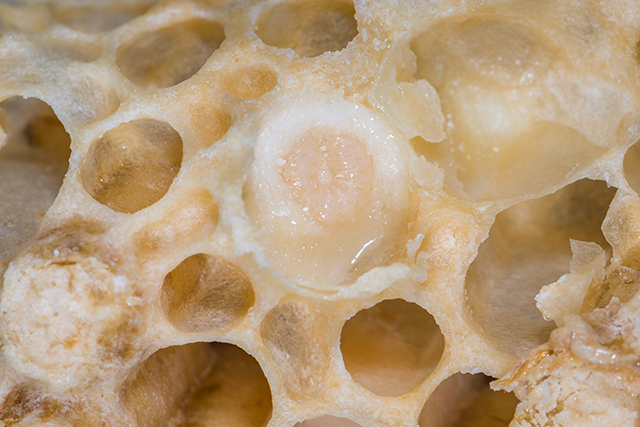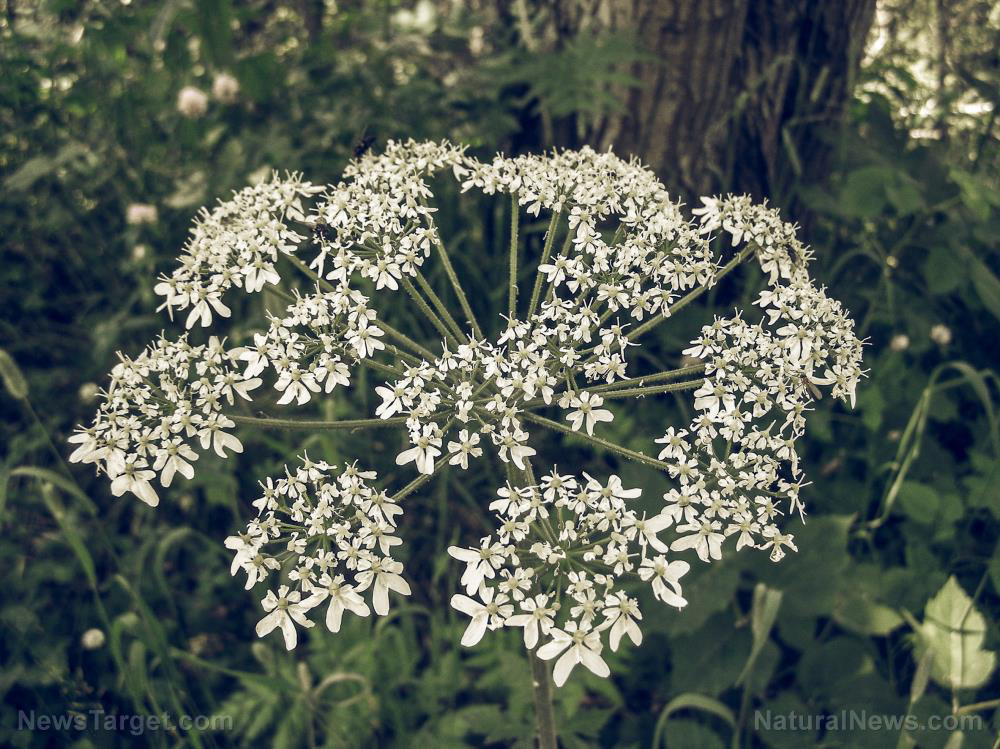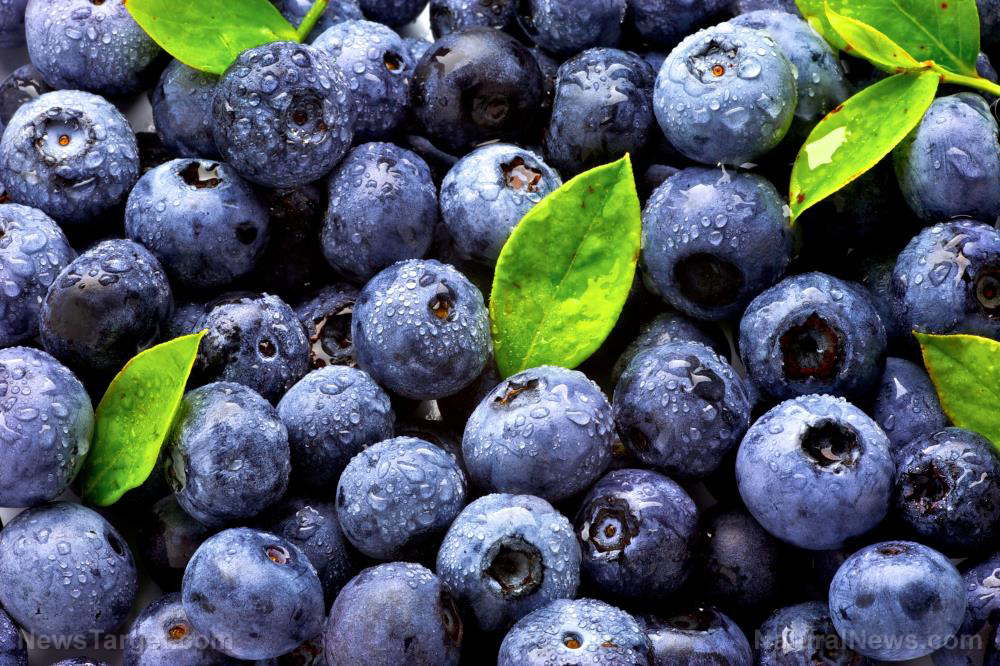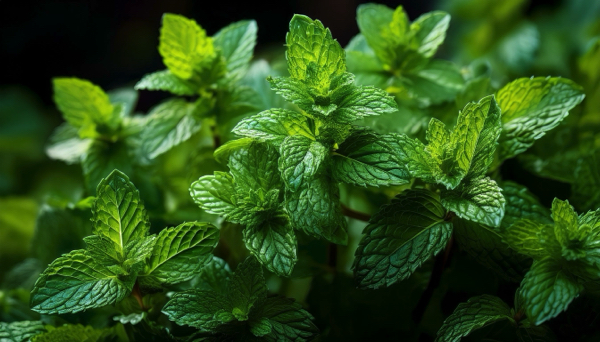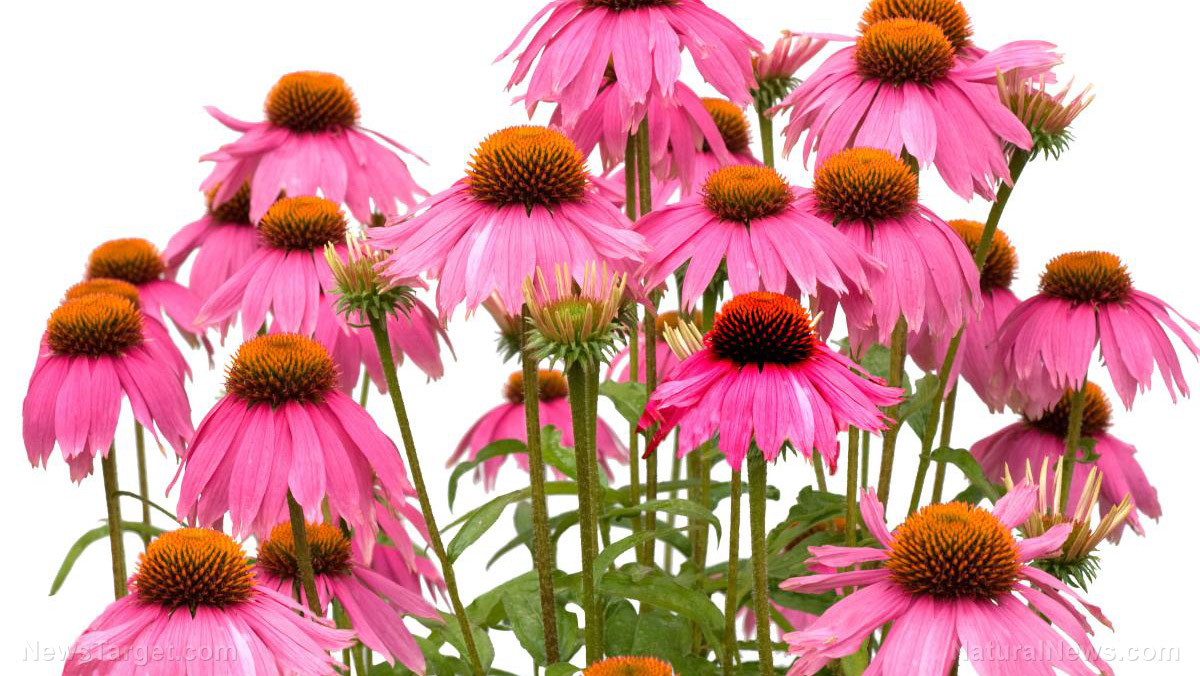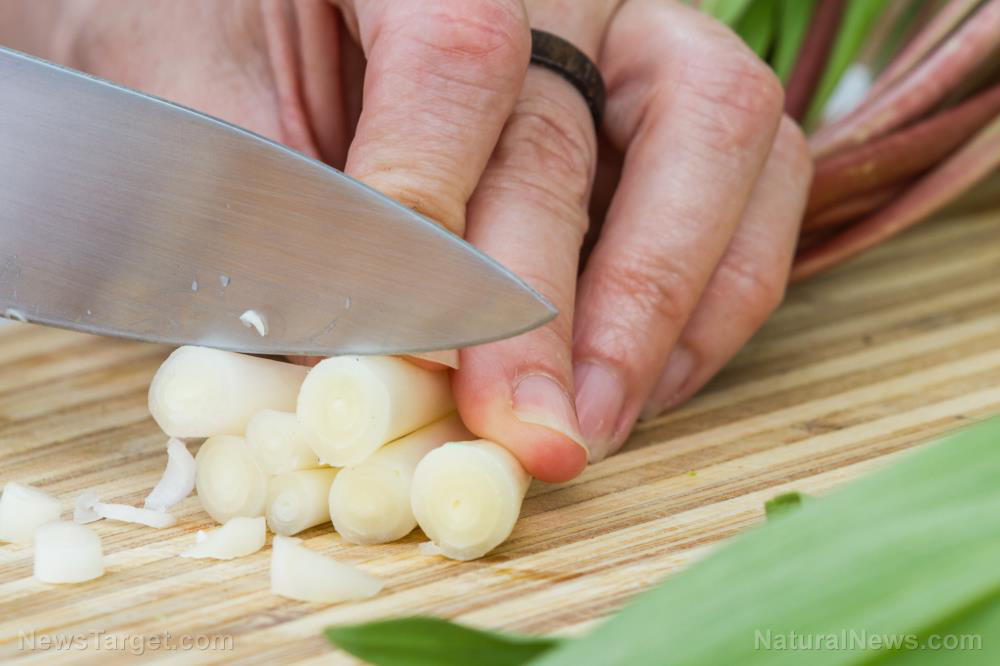Six healthiest vegetables to plant in your garden
09/04/2024 / By News Editors

Modern society has removed itself from the process of growing and cultivating its own food, but research has demonstrated that gardening has numerous physiological and psychological benefits. Read on for a list of highly nutritious vegetables that you can easily grow in your backyard or in containers on your porch
(Article republished from GreenMedInfo.com)
Western culture is now almost completely removed from the process of food production, yet research studies point to the value of raising nutritious, organic foods for ourselves, even in small urban settings.
Garden therapy, or spending time planting, watering, digging and pruning, is linked with cognitive and mental health improvements, and learning to grow your own vegetables is rewarding and fun.[i],[ii] If you’d like to experience these benefits or are looking for a new, therapeutic hobby, here are six of the healthiest vegetables that even a new gardener can grow in containers on a porch or in a backyard garden.
1. Kale
Kale, a member of the cabbage family, is a well-known superfood that has received a lot of attention from researchers and health publications in recent years. Kale’s nutritional lineup includes vitamins A, K and C, and essential minerals like potassium, calcium and magnesium.[iii] Kale is also a rich source of dietary fiber, which acts like a prebiotic and increases nutrient absorption in the gut.[iv]
Kale juice is high in antioxidants and protects your body against oxidative damage and chronic disease, and kale ranks much higher in nutrient density when compared with vegetables like carrots, sweet potatoes and most alliums.[v][vi]
Because it’s a fairly hardy plant and can be used in a variety of dishes, kale is a wonderful addition to any vegetable garden and can easily be grown in containers on a porch or in a sunroom.
2. Onion
Onion has been used for its healing properties for centuries in traditional medicine, but recent research has demonstrated that onions contain compounds useful in the treatment and prevention of cardiovascular disease, obesity, high blood pressure, diabetes and inflammatory diseases.[vii]
Onion oil has also been studied for its topical benefits, including hair regrowth for alopecia areata patients (onion oil significantly improved hair regrowth in alopecia areata patients and was ruled an effective topical therapy) and the healing of dermal scar tissue.[viii]
One study compared wound healing results after the daily application of onion gel and found that scars were significantly softer and less noticeable after just four and eight weeks of use.[ix] Most of these health benefits can be traced to onion’s high concentration of sulfur amino acids, flavonoids, phytosterols and saponins, compounds that have anticancer, antibiotic and antithrombotic activity.[x],[xi],[xii],[xiii]
If you don’t have a backyard plot, ask your local greenhouse what type of containers they recommend for growing onions — their recommendations will vary depending on the type of onion you want to grow and the climate you’re in.
3. Potatoes
White potatoes are a rich source of potassium, fiber, vitamin C and resistant starch, but they have received little attention in the popular health world over the last decade due to recent diet trends that discourage carbohydrate intake and misinformation that incorrectly links all potato consumption with obesity and diabetes.[xiv],[xv],[xvi]
Potatoes, when consumed in moderation in whole form and not as French fries or potato chips, can be healthy. In fact, researchers have demonstrated that white potatoes contain more potassium per serving than any other vegetable, and removing white potatoes from your diet may severely impact your potassium levels, especially in children, particularly if you don’t consume other potassium-rich foods.[xvii],[xviii] Yet despite these findings, U.S. consumption of whole potatoes continues to drop.[xix]
By adding these nutritious powerhouses to your garden, you can easily improve your health and benefit from the wide variety of nutrients and satiating carbohydrates contained in these humble tubers.[xx] Plus, by growing them yourself, you can avoid some of the pitfalls of conventionally grown potatoes, like exposure to pesticides and heavy metals in soil. Like onions, you’ll need to research proper containers for growing potatoes if you don’t have access to a garden plot.
4. Tomatoes
Regular consumption of tomatoes is linked with decreased risk of chronic illnesses like cancer and cardiovascular disease.[xxi]
Lycopene, the carotenoid responsible for the pink and red colors in tomato fruit, is a potent antioxidant that has been extensively studied for its ability to prevent carcinogenesis and atherogenesis, and an increased intake of tomato has been associated with a decreased risk of prostate and breast cancers.[xxii]
In fact, scientists have estimated that lycopene may be up to 10 times more potent than other antioxidants like ?-tocopherol.[xxiii] Tomatoes are some of the easiest plants to grow in either a container or in a garden plot, making them a prime vegetable for first-time gardeners.
5. Cauliflower
Both white and purple cauliflower species are high in phenolic compounds, which directly contribute to antioxidant action in the body.[xxiv] Purple cauliflower is especially high in anthocyanins, a type of phenolic compound that gives purple cauliflower its rich color and a potent antioxidant that offers anti-inflammatory and antiviral protection in the body.[xxv],[xxvi]
In addition to these benefits, research indicates that cauliflower leaves may have potent anti-inflammatory and antioxidant properties, and scientists are eagerly testing the various health benefits that cauliflower leaves may offer.[xxvii]
While cauliflower can grow quite large and needs plenty of space to grow, it has a shallow root system, making it ideal for growing in raised garden beds or containers.
6. Bell Peppers
The potent antioxidant and bioactive compounds found in bell peppers (also known as sweet peppers) may protect against Alzheimer’s disease.[xxviii] Green, yellow and red bell peppers are all high in phenolic compounds and ascorbic acid, which protect the body’s cells via free radical scavenging activity.[xxix]
Interestingly, organic growing methods seem to increase the antioxidant potential of bell peppers, while conventional growing methods may decrease the amount of helpful compounds like carotenoids and vitamin C — another reason to grow these antioxidant powerhouses in your own garden.[xxx]
This list only scratches the surface of the numerous vegetables and fruits you can begin growing in your own garden or in containers around your home. For more information on the research surrounding the benefits of vegetable intake, please visit the GreenMedInfo.com vegetable research database.
Read more at: GreenMedInfo.com
Submit a correction >>
Tagged Under:
alternative medicine, emergency food, food cures, food freedom, food is medicine, food science, food supply, green living, grow your medicine, health science, home gardening, homesteading, natural cures, natural health, natural medicine, nutrients, nutrition, off grid, organics, phytonutrients, preparedness, prevention, remedies, survival, veggie, Xpost
This article may contain statements that reflect the opinion of the author
RECENT NEWS & ARTICLES
consumerwellness.info is a fact-based public education website published by consumerwellness.info
All content copyright © 2023 by consumerwellness.info
Contact Us with Tips or Corrections
All trademarks, registered trademarks and servicemarks mentioned on this site are the property of their respective owners.




